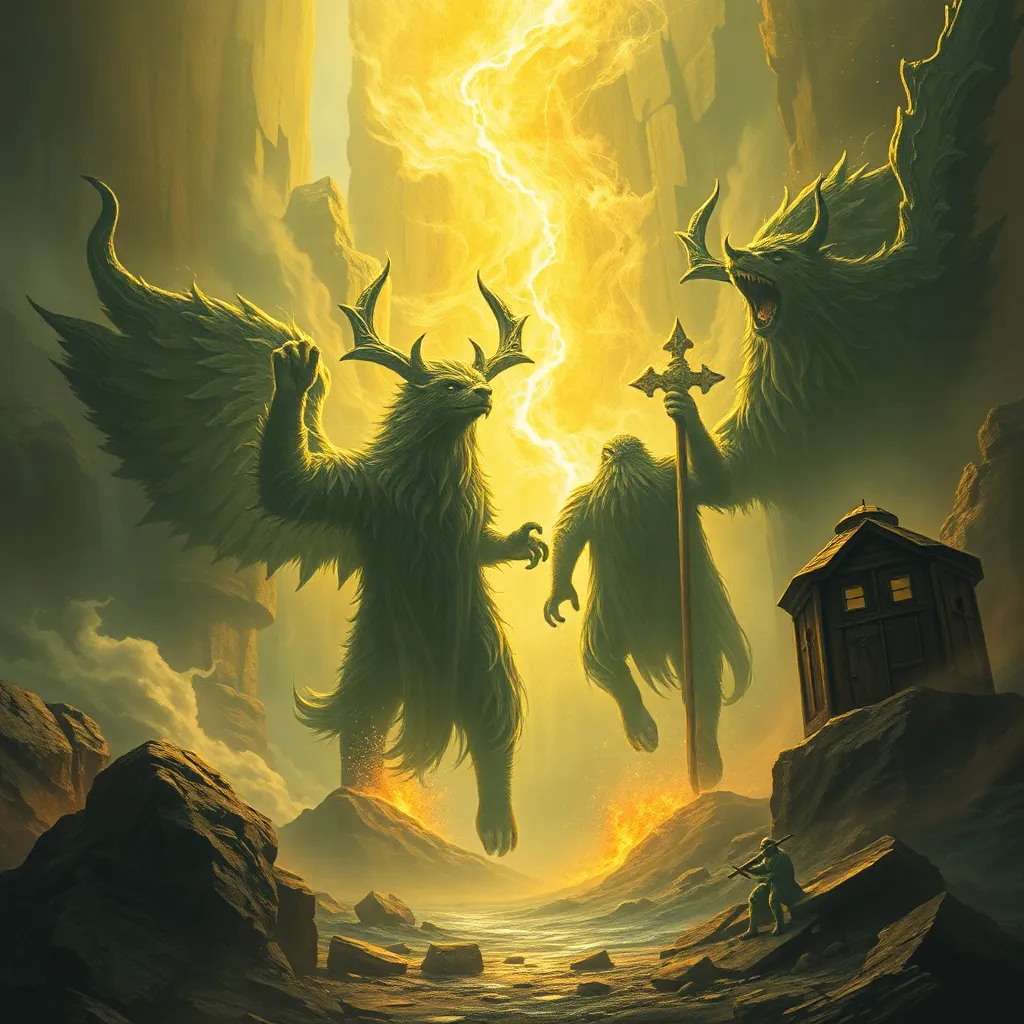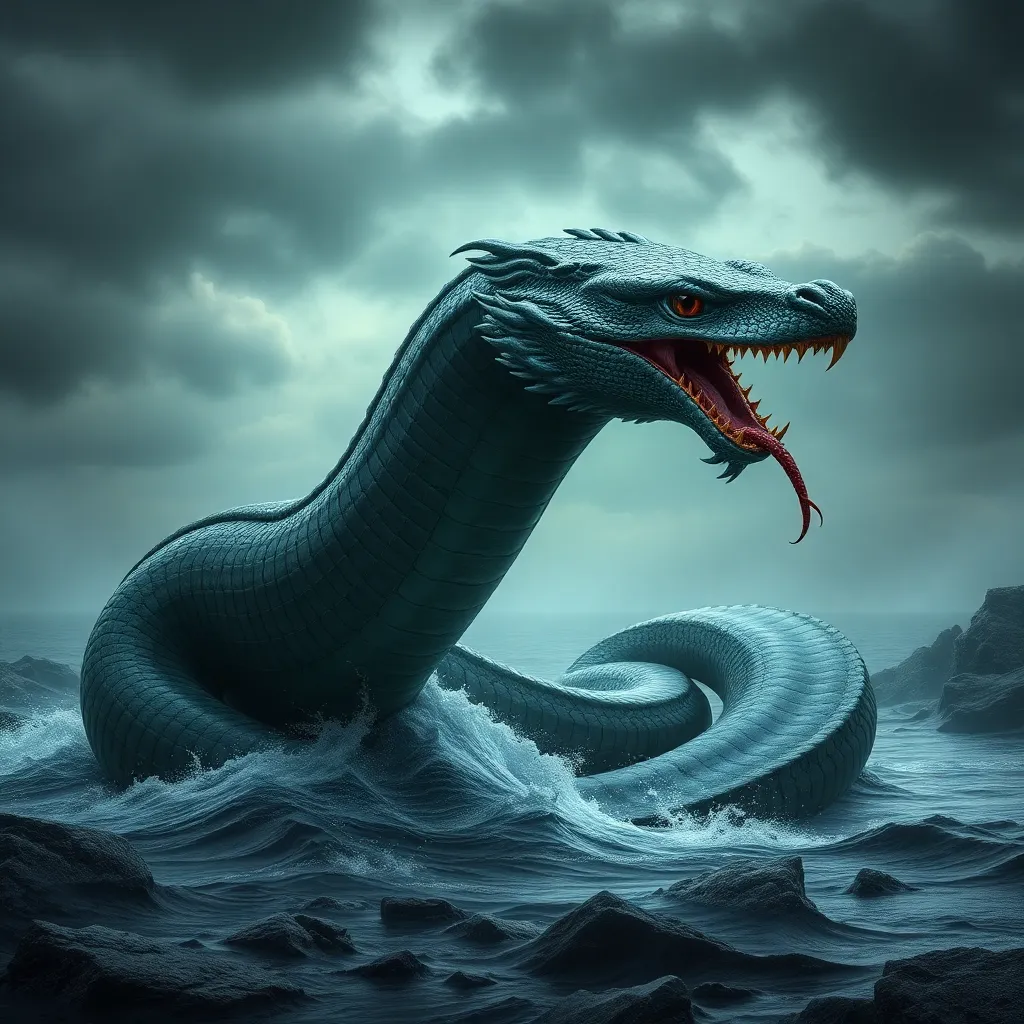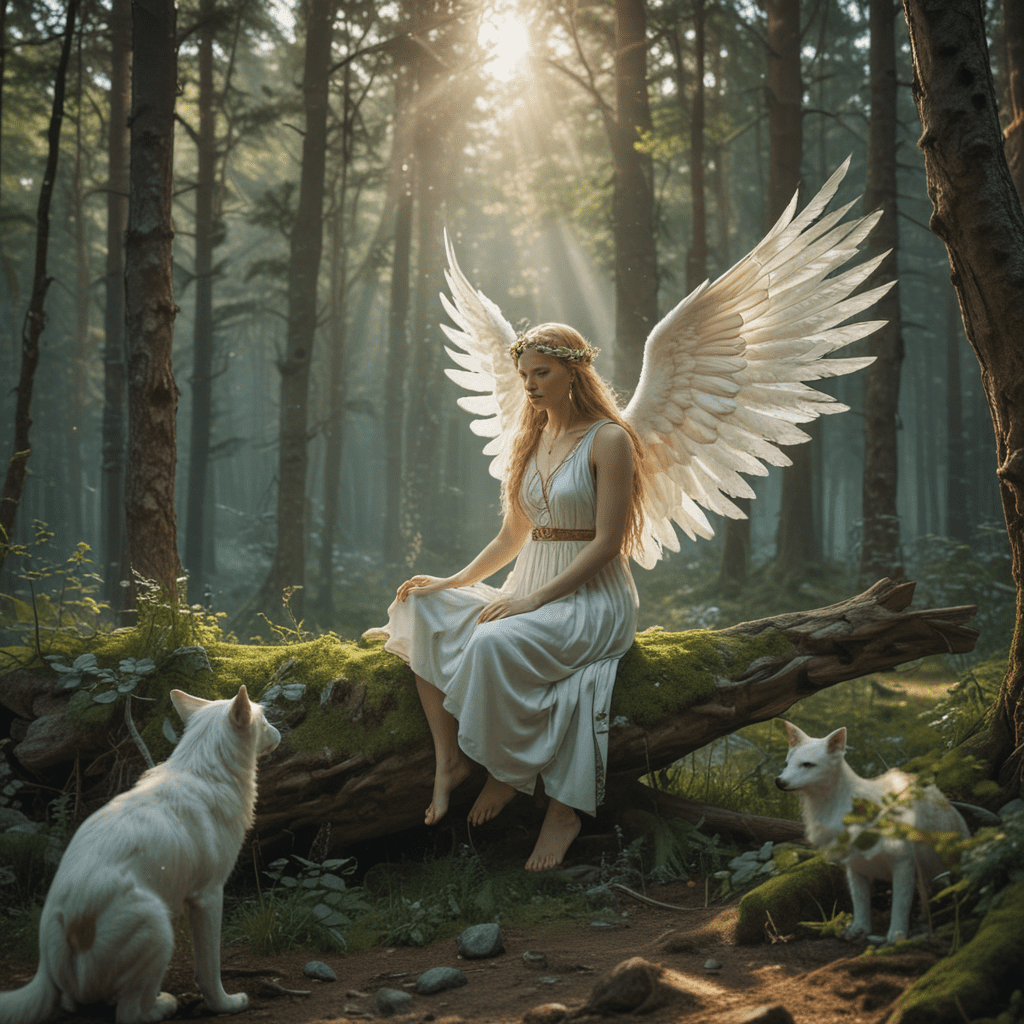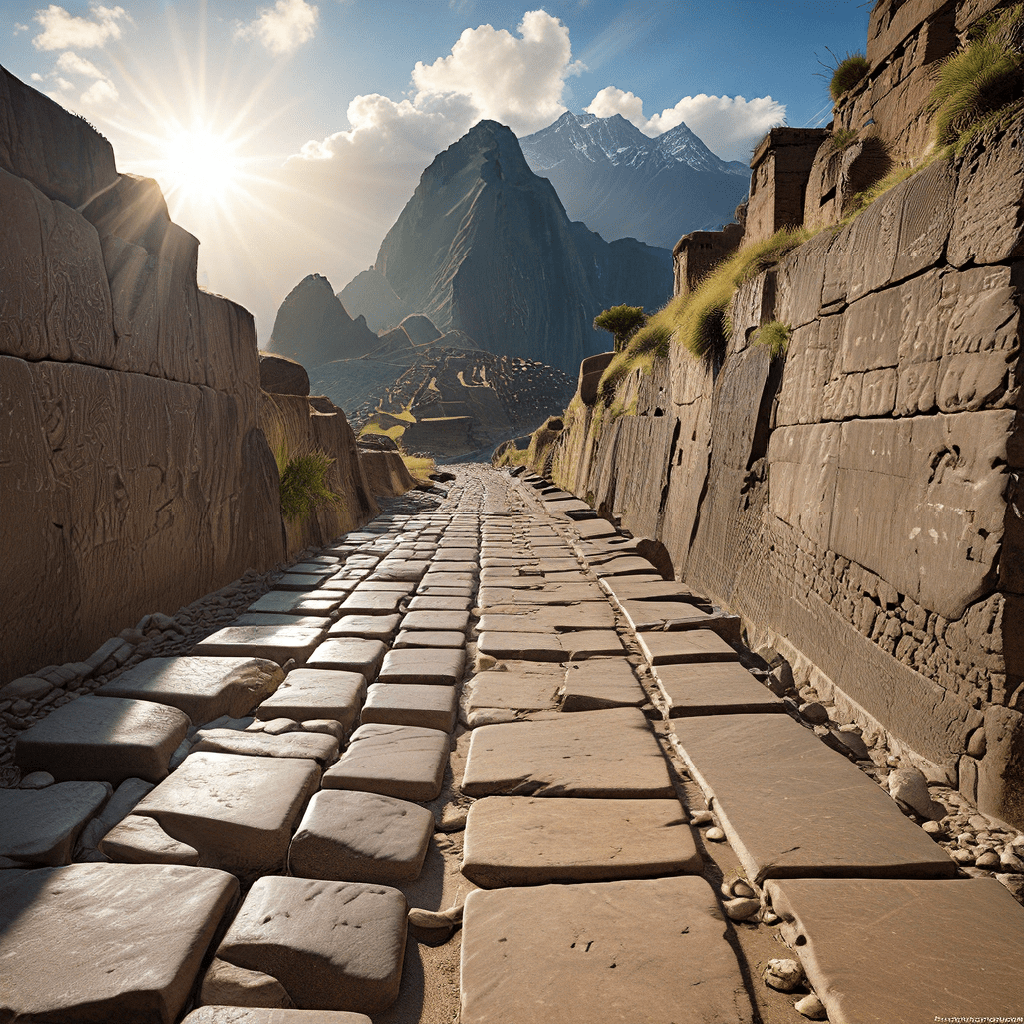The Peryton and the Giants: Norse Myths of Power and Destruction
I. Introduction
Norse mythology is a rich tapestry of stories filled with gods, creatures, and epic battles that explore the nature of existence, power, and destruction. Among the myriad beings that populate these myths, two figures stand out for their significance: the Peryton, a mythical creature known for its unique characteristics, and the giants, or Jotnar, who embody chaos and primal power.
This article aims to delve into the world of the Peryton and the giants, examining their roles in Norse mythology, their symbolic meanings, and their impact on contemporary culture. By exploring these figures, we can gain insights into the broader themes of power and destruction that resonate throughout Norse narratives.
II. The Peryton: A Mythical Creature
The Peryton is a fascinating creature that has captured the imagination of many. Often depicted as a hybrid being with the body of a deer and the wings of a bird, it embodies the intersection of nature and the supernatural.
A. Description and characteristics of the Peryton
Typically described as having:
- A deer-like body with antlers
- Large, feathered wings
- A shadow cast that resembles a human figure
This unique appearance lends the Peryton an air of mystery, suggesting a connection between the earthly and the ethereal.
B. Origins and cultural significance in Norse and other mythologies
The origins of the Peryton can be traced back to various mythological traditions, including Norse and medieval European folklore. In these narratives, it often symbolizes the unpredictability of nature and the thin boundary between life and death.
C. Symbolism of the Peryton in the context of power and destruction
As a creature that straddles the line between the natural and the supernatural, the Peryton can be seen as a metaphor for the duality of power. It represents the beauty and terror of nature, illustrating how power can lead to both creation and destruction.
III. The Giants in Norse Mythology
The giants, or Jotnar, play a crucial role in Norse cosmology, often depicted as the antithesis of the gods. They embody chaos and raw power, challenging the order established by the deities.
A. Overview of the Jotnar (giants) and their role in the cosmos
In Norse mythology, the giants are often seen as primordial beings that existed before the gods. They inhabit the land of Jotunheim and are known for their strength and unpredictable nature.
B. Types of giants: frost giants, fire giants, and others
The giants can be divided into several categories:
- Frost Giants: Associated with cold and ice, they often oppose the gods directly.
- Fire Giants: Residing in Muspelheim, they represent destruction and chaos.
- Mountain Giants: Strong and often depicted as the guardians of natural landscapes.
C. Relationships between giants and gods
The relationship between the giants and gods is complex, characterized by both conflict and collaboration. While they often oppose each other, there are instances of giants marrying gods, illustrating the intertwined destinies of these beings.
IV. The Peryton and the Giants: A Comparative Analysis
Both the Peryton and the giants represent themes of power and destruction in Norse mythology. Their narratives intertwine, revealing deeper insights into the nature of existence.
A. Similarities in themes of power and destruction
Both entities symbolize the idea that power can lead to chaos and devastation. The Peryton, with its unpredictable nature, mirrors the giants’ chaotic essence.
B. The Peryton’s interactions with giants in mythological tales
In various tales, the Peryton is said to encounter giants, illustrating the constant struggle between order and chaos. These interactions often serve as metaphors for human struggles against overwhelming forces.
C. The duality of creation and chaos represented by both entities
Both the Peryton and the giants encapsulate the idea that creation often comes at the cost of destruction, reflecting the cyclical nature of life and death.
V. Key Myths Involving the Peryton and Giants
Several myths highlight the significance of the Peryton and giants in Norse lore.
A. Notable stories featuring the Peryton
In tales where the Peryton appears, it often acts as a harbinger of change, signifying a shift in the natural order.
B. Important myths involving giants and their destructive powers
Giants are frequently depicted as adversaries of the gods, leading to legendary battles that underscore the themes of power and chaos.
C. Intersections between Peryton and giant narratives
In some myths, the Peryton is shown to be a companion or adversary to giants, emphasizing the interconnectedness of all beings in the Norse mythos.
VI. Thematic Exploration of Power and Destruction
The Peryton and giants exemplify the unpredictability and duality of nature, offering valuable lessons about human existence.
A. How the Peryton embodies the unpredictability of nature
The Peryton serves as a reminder of nature’s unpredictable forces, reflecting the dangers and beauty inherent in the natural world.
B. The giants as forces of chaos against the divine order
Giants challenge the gods’ authority, representing the chaotic forces that threaten to disrupt balance in the cosmos.
C. Lessons learned from these myths on human power and consequence
Through the tales of the Peryton and the giants, we learn about the consequences of unchecked power and the importance of harmony with nature.
VII. The Legacy of the Peryton and Giants in Modern Culture
The Peryton and giants continue to influence contemporary culture, inspiring literature, films, and art.
A. Influence on contemporary literature and media
Many modern works draw upon the imagery and themes of Norse mythology, featuring the Peryton and giants in various forms.
B. Revival of interest in Norse mythology and its creatures
There has been a resurgence of interest in Norse mythology, leading to new interpretations and adaptations of these ancient tales.
C. Symbolic interpretations in modern contexts
Today, the Peryton and giants symbolize the ongoing struggles between humanity and the forces of nature, reminding us of our place within the cosmos.
VIII. Conclusion
In conclusion, the Peryton and giants are significant figures in Norse mythology, embodying themes of power and destruction that resonate through the ages. Their stories offer profound insights into the human experience, reflecting the duality of existence.
As we explore these myths, we are encouraged to reflect on the enduring relevance of their themes in our lives today. The Peryton and giants remind us of the power of nature, the chaos of existence, and the delicate balance we must maintain with the world around us.




